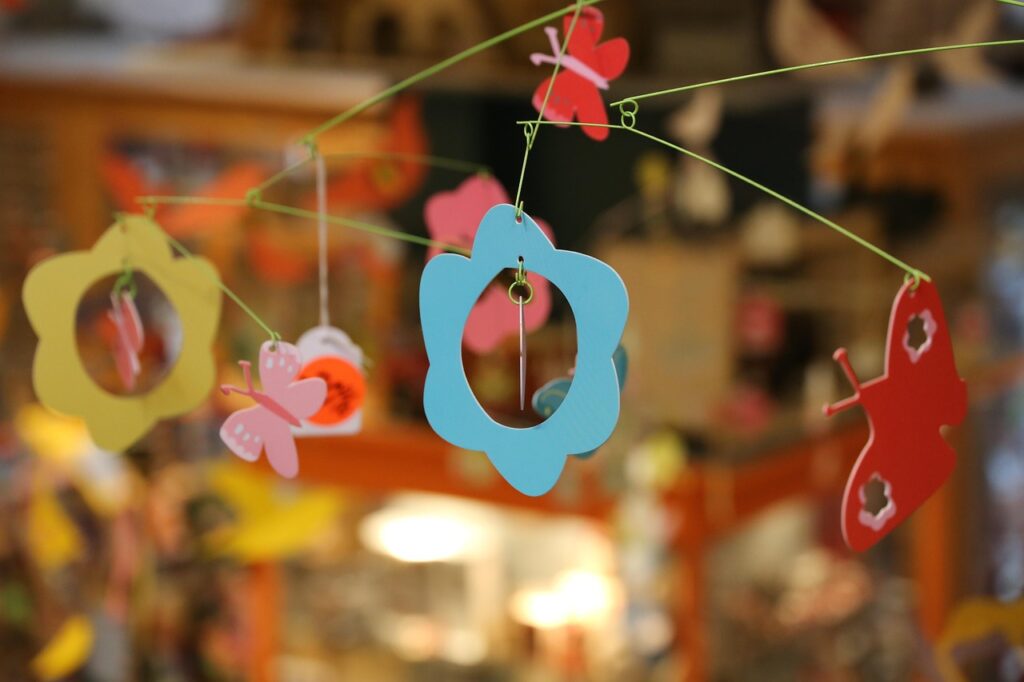Recognizing and Holding Contradictory Emotions
The immediate aftermath of two years of pain and loss is a time of multiple, and even contradictory, emotions like joy, relief, and hope, as well as sadness, anger and more. This activity provides space to recognize, articulate and deal with the contradictory feelings that may be swirling in this moment.
[1] Seasons of the Heart
On the intermediate Shabbat of Sukkot we read Kohelet (The Book of Ecclesiastes), which Jewish tradition ascribes to King Solomon. Kohelet takes a fatalistic view of life and famously talks about how there are designated seasons for all human emotions and activities.
A season is set for everything,
A time for every experience under heaven:
A time for being born and a time for dying,
A time for planting and a time for uprooting the planted…
A time for weeping and a time for laughing,
A time for wailing and a time for dancing…
A time for loving and a time for hating;
A time for war and a time for peace.
(Ecclesiastes 3)
For the full text in Hebrew and English, as well as additional commentary on Kohelet, see Sefaria.
Kohelet suggests that each emotion, each act, has its proper time, and that we move from one to the next in order. The Israeli poet Yehuda Amichai disagreed.
A Man in His Life / Yehuda Amichai
A man in his life has no time to have
Time for everything.
He has to hate and love all at once,
With the same eyes to cry and to laugh,
With the same hands to throw stones and to gather them…
For the full poem in English see here.
For the full poem in Hebrew see here.
For another contemporary poem, by Rabbi Oded Mazor, written in November 2023 as a response to both Kohelet and Yehuda Amichai, see here.
Amichai’s words suggest that life — especially in times like these — doesn’t allow for clean separation. We love and mourn, hope and rage, all in the same breath.
Reflect together:
- Whose approach resonates more with you, Kohelet or Yehuda Amichai?
- In this moment we are living through, which approach is more possible or realistic?
- What is your own experience right now? Which emotions are surfacing for you, or in your communities?
- What does it feel like to “hate and love all at once, With the same eyes to cry and to laugh”?
[2] Make a Mobile
The following activity helps give those emotions form and balance. Each piece of the mobile represents one emotion; together, they create a shared image of what it means to hold many truths at once.
1) Set the Space: Provide materials — light cardstock, paper shapes, string, and hangers or branches.
2) Reflect: Invite everyone to take a few quiet moments to think about this time: What emotions are you feeling most strongly right now? What feelings do you notice in your community or the world around you? Which emotions seem to live side by side, even when they contradict one another?
You might share examples aloud: joy and sorrow; anger and tenderness; fear and faith; grief and gratitude; hope and exhaustion.
3) Create the Pieces: On each piece of the mobile, write or draw two emotions that coexist — one on each side. Use color, shape, and decoration to express their differences and connection.
4) Assemble the Mobile: Hang each piece from strings, balancing them so that they move gently in the air. Create one shared mobile for the group or individual ones to hang in your own spaces. As they turn and shift, notice how the movement brings balance between the emotions, even when they seem to pull in opposite directions.
For simple instructions, see:
https://www.youtube.com/watch?v=pt20z6z5gPo
https://www.youtube.com/watch?v=RAJ9f-5Cslg
5) Reflect: Step back and look at what you’ve made. The mobile becomes a reminder that our hearts — like the world — can hold many emotions at once, and that balance does not mean silence or stillness, but movement, connection, and care.
[3] Closing: All These Things
Naomi Shemer’s beloved song Al Kol Eleh (For All These Things) captures the heart of this moment: the coexistence of sweetness and bitterness, joy and sorrow, hope and fear. She reminds us that life is not made of one or the other, but of both together, and that faith means learning to hold them all.
“For the honey and the sting,
For the bitter and the sweet,
Guard them, my good God,
Over all these things.”
- Listen to the song and read the words carefully.
- Conclude by singing together.
